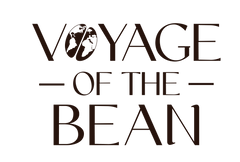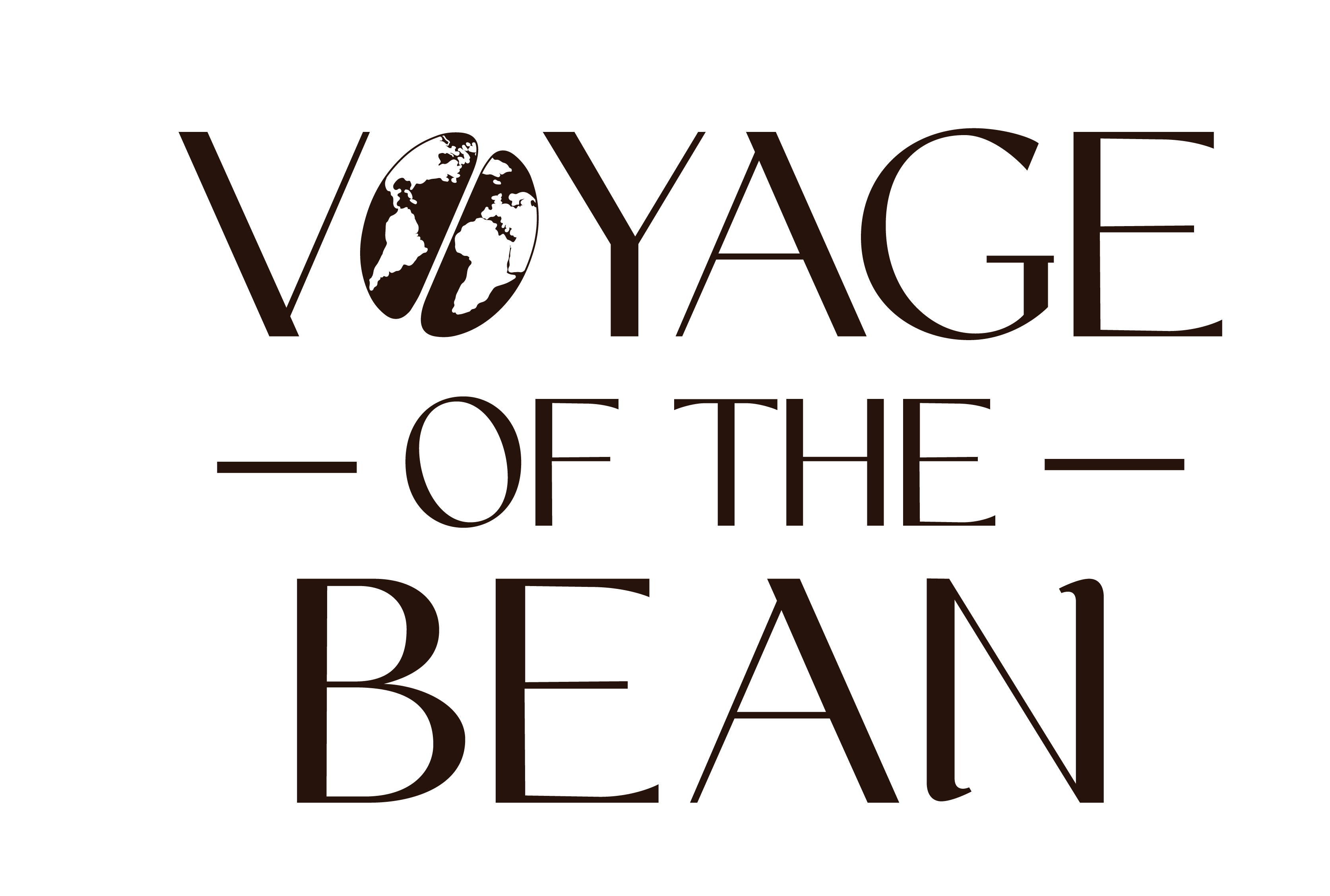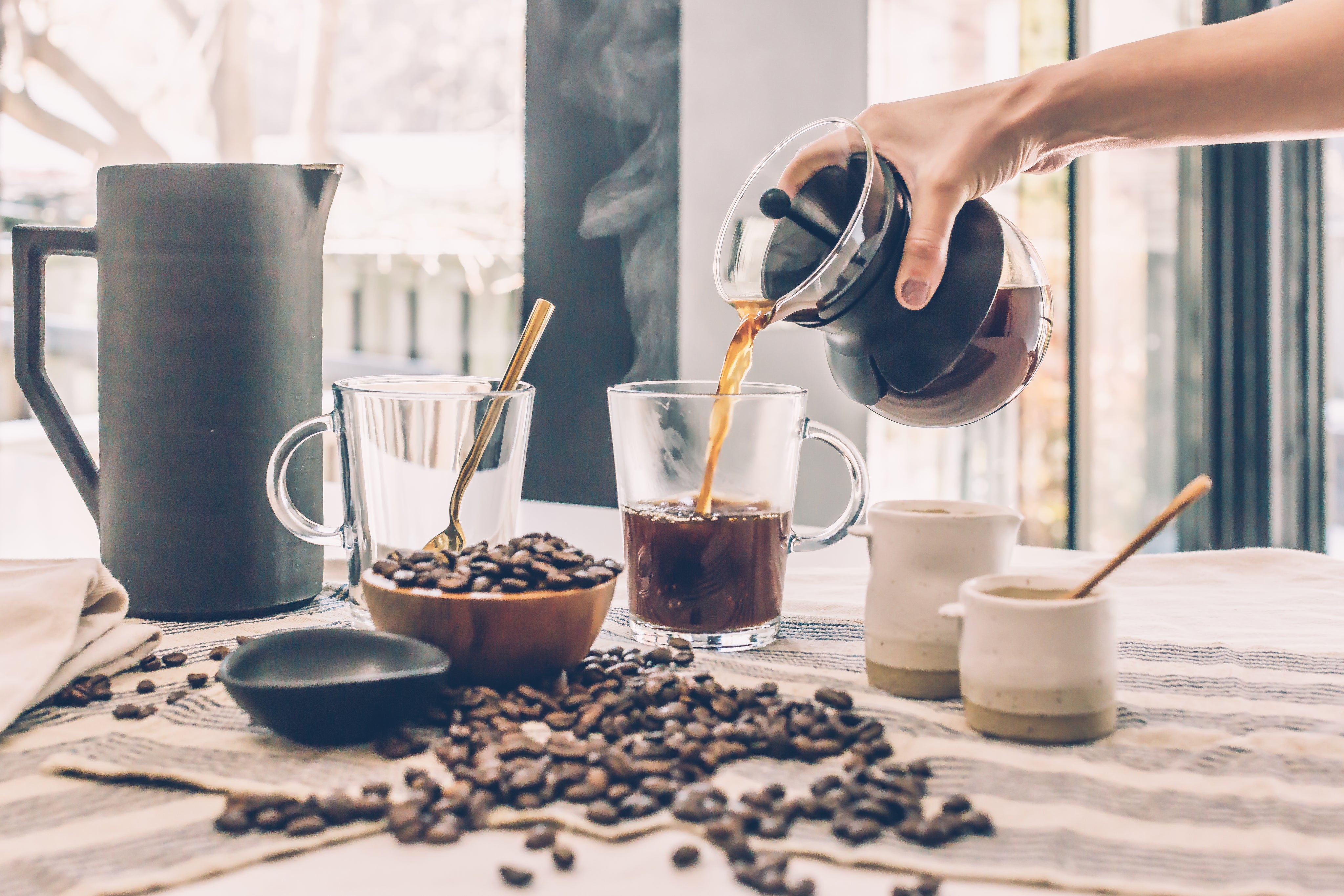At Voyage of the Bean, we believe every cup of coffee tells a story—a story that begins on family farms in some of the most beautiful coffee-growing regions in the world. Behind each bag of our specialty-grade coffee lies a journey of craftsmanship, dedication, and passion.
Specialty Coffee: A Cut Above
All of our offerings are specialty grade, a designation reserved for the top 5-10% of coffee beans worldwide. This means our coffee is meticulously grown, hand-picked, and processed to highlight the unique characteristics of its origin. But what does “specialty” really mean for you, the coffee lover? It’s the difference between a cup of coffee that’s just okay and one that’s exceptional—a cup that tells you about the soil, the climate, and the care that went into its creation.
Grades of Coffee: What’s the Difference?
Coffee is graded based on quality, which takes into account factors like bean size, defects, and flavor profile. Here’s a breakdown of the major coffee grades:
• Specialty Grade: Scoring 80+ points on the Specialty Coffee Association (SCA) scale, these beans are free of major defects and showcase distinct, high-quality flavors. These coffees are roasted by artisans and enjoyed by enthusiasts who appreciate their complexity and balance. This is the quality we offer at Voyage of the Bean.
• Premium Grade: Often referred to as “high commercial grade,” these coffees score between 70-79 points. While decent in quality, they may lack the standout characteristics of specialty coffee. Premium coffee is often used in cafés and coffee shops that focus on bulk sales rather than curated flavor profiles.
• Exchange Grade (Commodity Coffee): This is the most common grade of coffee traded globally and accounts for a significant portion of supermarket and fast-food coffee. These beans score below 70 on the SCA scale and often have multiple defects, resulting in a flat, inconsistent flavor. They are typically blended and roasted dark to mask their lower quality.
• Below Grade/Off Grade: These are the lowest quality beans, often including broken, overripe, or defective beans. They are commonly used for instant coffee or cheap, mass-produced brands where flavor is not a priority.
Where Are Lower Grades Found?
The majority of coffee sold in grocery stores, instant coffee, and large chain outlets comes from exchange grade or below grade beans. These coffees are traded in bulk on the commodity market, where price takes precedence over quality. Because of their lower cost, they are often the go-to choice for high-volume operations like diners, fast-food chains, and vending machines. The flavor profile is often masked with artificial flavorings.
In contrast, specialty coffee like ours is sourced outside the commodity system, focusing instead on direct trade, small batches, and fair partnerships with farmers.
A World of Flavor Awaits
At Voyage of the Bean, we’ve curated a collection of single-origin coffees and blends that reflect the unique character of their origins:
• Cordillera Central: A bright, balanced coffee from Colombia’s Tolima region.
• Peruvian Gold: A smooth, golden roast from the highlands of Amazonas, Peru.
• Mayan Soul: A robust, earthy blend from the heart of Chiapas, Mexico.
• Volcano Moon: A tropical delight from Bali, with notes of Baker’s Chocolate and Orange Peel.
• Sumatran Black Velvet: Our darkest roast, a bold and velvety coffee from Northern Sumatra.
Check out out full collection here.
Each offering is roasted to order, ensuring you experience the freshest flavors possible.
When you choose Voyage of the Bean, you’re not just getting exceptional coffee—you’re supporting communities around the world. Many of our coffees come from small family farms, where sustainable practices and traditional techniques are honored. Through the trade of specialty coffee, we’re helping to preserve these traditions while uplifting the farmers who make it all possible.
So, whether you’re enjoying a smooth cup of Half Caff or diving into the bold richness of Sumatran Black Velvet, know that your coffee is part of something bigger. Together, we’re creating connections, supporting sustainability, and celebrating the artistry of coffee.
Take a sip, and let the journey begin.



